The automotive market is a complex ecosystem where various factors influence the long-term value and usability of vehicles. When it comes to buying a car, whether new or used, many consumers are keenly interested in how well their investment will hold up over time.
Will the car retain its value, providing a solid resale price down the line, or will it depreciate rapidly and ultimately be destined for the scrapyard? These questions are crucial because they impact not only the cost of ownership but also the environmental footprint and financial decisions surrounding vehicle replacement.
Cars, like all machines, inevitably age, but not all cars age equally. Some models are engineered and built with longevity in mind, offering robust mechanical components, reliable powertrains, and durable interiors that allow them to maintain functionality and appeal well beyond the standard warranty period.
Others, unfortunately, suffer from design flaws, quality control issues, or simply use lower-grade materials and technology that cause them to deteriorate rapidly. The difference can mean the choice between a vehicle that remains a valuable asset after a decade of use and one that becomes an expensive liability, often scrapped or sold for parts.
Understanding which vehicles tend to retain value and which are prone to premature failure can help buyers make smarter purchasing decisions. It is not merely a matter of brand loyalty or price; rather, it involves assessing the history of reliability, availability of affordable maintenance, and overall build quality.
Some cars, such as the Toyota Land Cruiser or the Honda Accord, have built reputations as stalwarts of durability, frequently selling for prices near or above their book values even after ten years. These cars become trusted tools for second or even third owners, reflecting their intrinsic engineering and enduring popularity.
On the flip side, vehicles like the Fiat 500 or the Dodge Journey often fall victim to rapid depreciation, frequently ending up scrapped after a decade due to mechanical unreliability or costly repairs.
These cars often struggle in resale markets because of persistent problems that erode buyer confidence, causing them to lose value faster than typical depreciation would suggest. In many cases, their initial appeal is overshadowed by the financial burden of keeping them roadworthy as they age.
This article explores both ends of this spectrum: five cars that can still be resold after 10 years, maintaining or exceeding their book value, and five cars that typically become scrap after a decade of ownership.
By examining the underlying reasons behind their longevity or decline, such as engineering quality, maintenance costs, reliability records, and owner satisfaction, we aim to provide insights that help prospective buyers and owners make informed choices.
Whether you are shopping for a new car with long-term value in mind or trying to understand what to expect from your current vehicle, these examples highlight important lessons about durability, value retention, and the realities of car ownership over time.
Also Read: 5 Cars That Will Pass the Next Inspection and 5 That Won’t
5 Cars That Can Be Resold After 10 Years
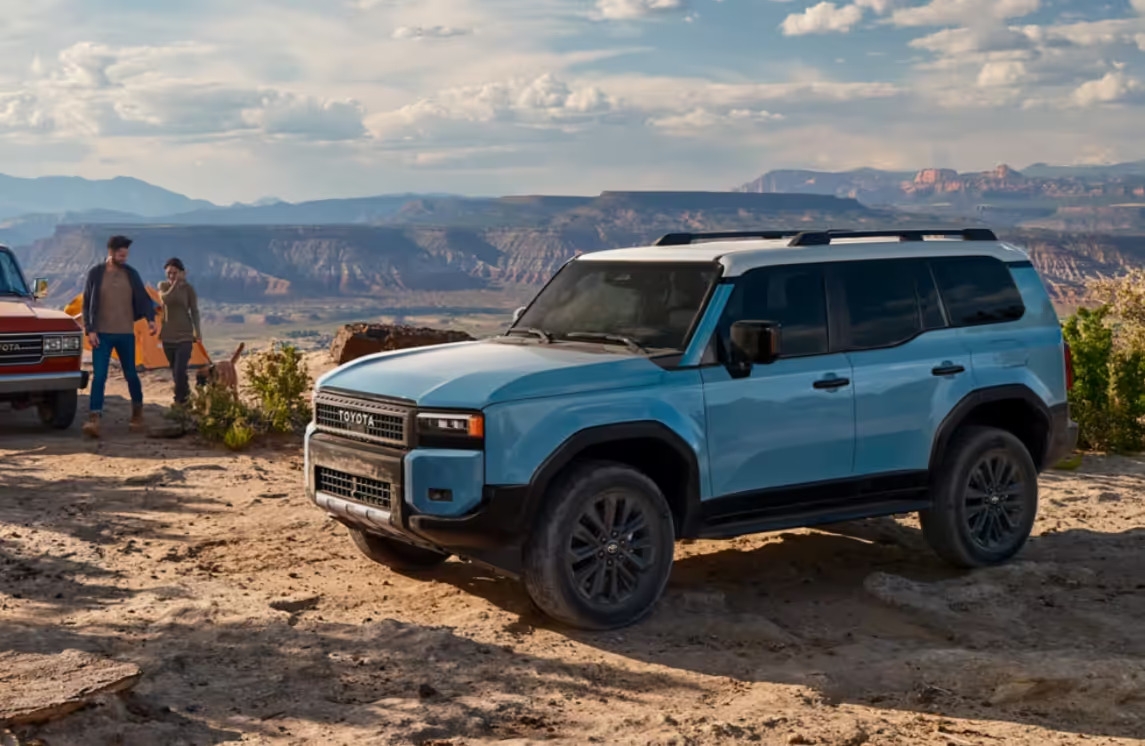
1. Toyota Land Cruiser
The Toyota Land Cruiser stands as a monument to durability, reliability, and off-road capability, which is why it consistently defies depreciation trends and commands respectable resale values even after a decade.
This legendary SUV has been a global favorite for decades, often described as “indestructible” by those who rely on it in the harshest terrains and toughest environments.
From the scorching deserts of the Middle East to the rugged mountains of Australia and the dense jungles of Africa, the Land Cruiser is a trusted companion, known for its robust engineering and simplicity that make it easier to maintain in places where repair shops are scarce.
Unlike many modern vehicles overloaded with complicated electronics that can fail and become expensive to fix, the Land Cruiser’s design emphasizes rugged mechanical components and proven reliability, which is a major factor in its long-term value retention.
From an engineering standpoint, the Land Cruiser’s body-on-frame construction provides durability that unibody SUVs often struggle to match. Its powertrains—whether the naturally aspirated V8 or the legendary diesel engines in international models—are built to endure extreme usage, often surpassing the 300,000-mile mark with routine maintenance.
The suspension and drivetrain components are similarly robust, designed for serious off-road excursions as well as highway cruising. This no-nonsense approach to automotive engineering has earned the Land Cruiser an almost cult-like following, where owners are proud of the vehicle’s longevity, and the resale market reflects that admiration.
Furthermore, Toyota’s commitment to parts availability and a vast service network worldwide ensures that these vehicles remain maintainable, which keeps resale demand high. Collectors and off-road enthusiasts alike often seek out older Land Cruisers precisely because they hold their value and remain fully capable well into their second decade.
In addition to the mechanical reliability, the Land Cruiser’s status as a symbol of adventure, prestige, and reliability contributes significantly to its value. The vehicle is as much a lifestyle statement as it is a tool, and this emotional connection fuels buyer interest in used models.
It is not uncommon to see well-maintained Land Cruisers selling for prices near or above their book values after ten years, especially limited editions or models with special off-road packages. This combination of legendary durability and aspirational appeal sets the Land Cruiser apart in the used car marketplace, making it one of the few vehicles that truly get better with age.
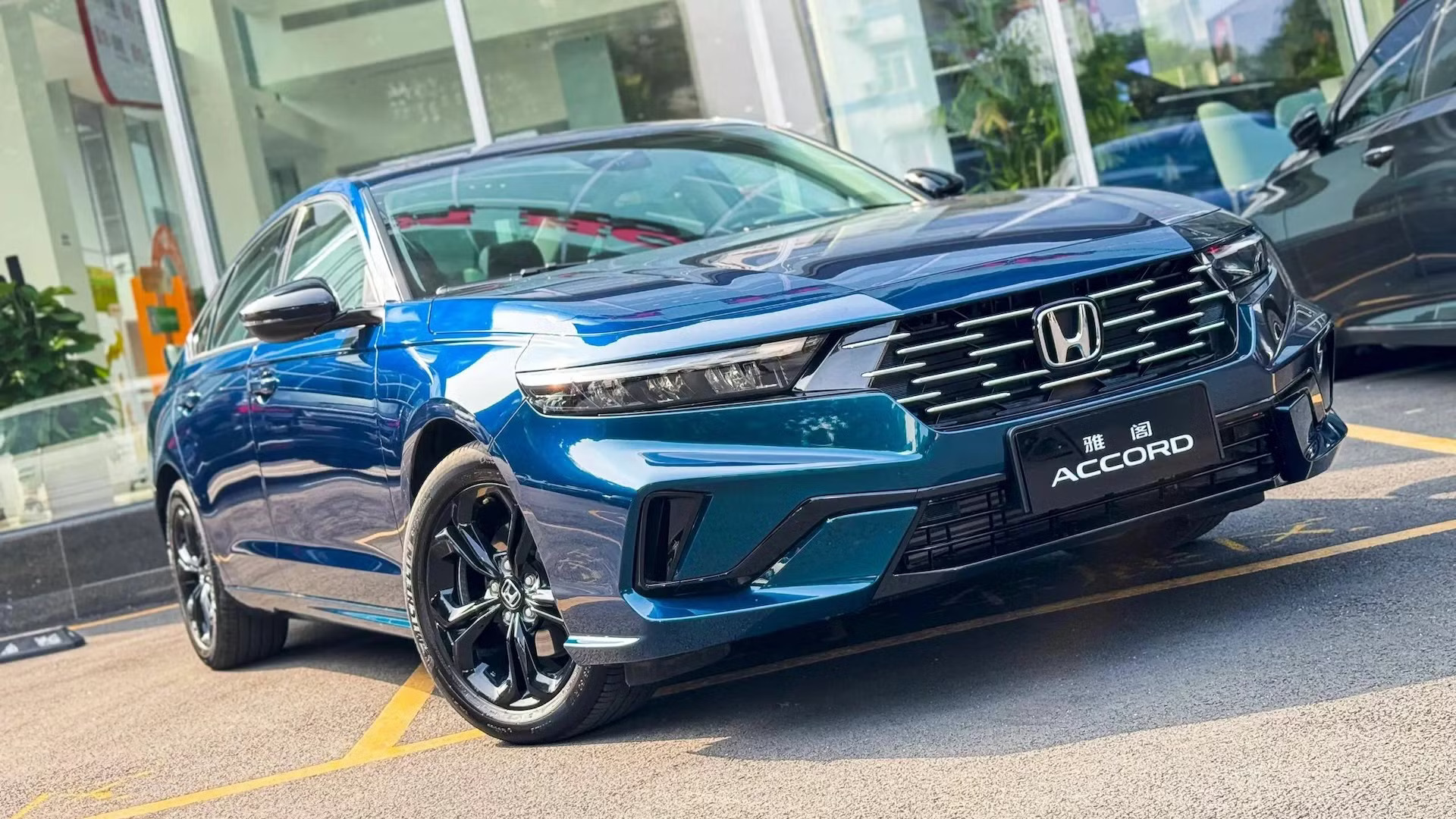
2. Honda Accord
The Honda Accord’s reputation for long-lasting reliability and broad appeal is the result of decades of engineering excellence, smart design choices, and a commitment to quality. For many, the Accord represents the ideal midsize sedan: spacious, comfortable, fuel-efficient, and capable of reliably getting drivers where they need to go for well over a decade.
One of the key reasons the Accord retains strong resale value after ten years is its proven track record of minimal major mechanical problems. Early and mid-model year Accords, especially those with the V6 engine, are known to regularly surpass 200,000 miles without catastrophic failure, provided owners adhere to routine maintenance schedules.
This longevity ensures that the cars remain viable options for used car buyers looking for dependable transportation. What distinguishes the Accord further is its blend of refinement and practicality.
The interior offers a comfortable and well-built environment that ages gracefully over time compared to many competitors. This means that even after ten years, the cabin feels more pleasant than many other sedans in the same price range.
The suspension and handling strike a balanced compromise between comfort and sportiness, appealing to a wide range of drivers. Additionally, Honda’s reputation for efficient and durable engines means that fuel economy remains competitive even after years of wear, further incentivizing buyers to consider used Accords over other vehicles.
In the resale market, the Honda Accord is a consistent favorite among students, families, and commuters alike, largely because it represents low ownership risk combined with versatility.
The combination of reliability, affordability, and general desirability means that ten-year-old Accords often hold their value surprisingly well and sell for more than one might expect, especially if they have been well maintained and retain their original equipment. This consistent demand from a broad demographic underpins the Accord’s position as a dependable and valuable car even after a decade.
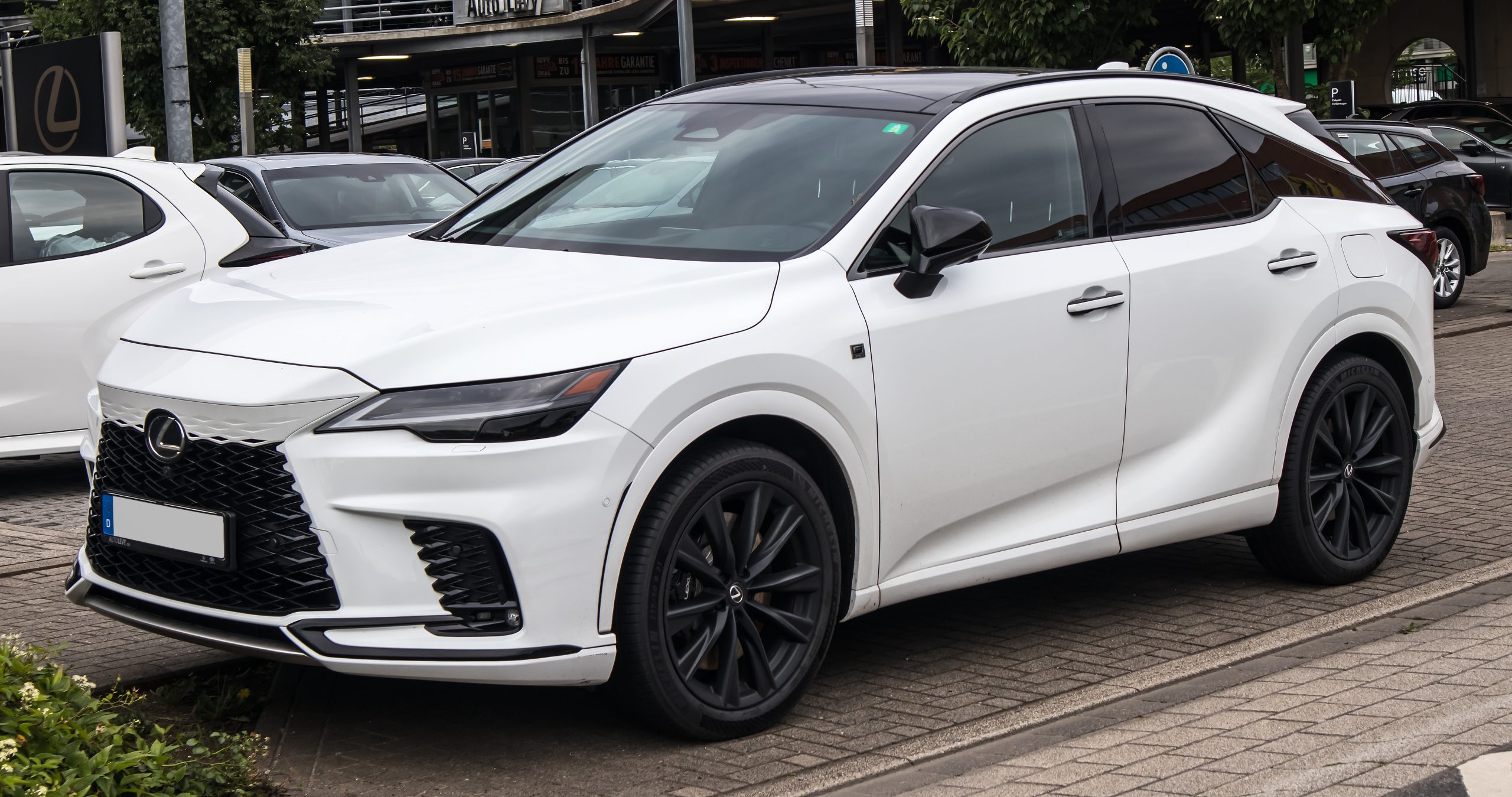
3. Lexus RX
The Lexus RX is one of the shining examples of a luxury vehicle that defies typical depreciation curves, thanks to its reputation for bulletproof reliability and comfort. Many luxury cars suffer steep value losses after just a few years, driven by costly repairs and owner hesitation.
The RX, however, blends Toyota’s legendary reliability with premium amenities, creating an SUV that remains highly desirable on the used market even after ten years. Owners appreciate that it offers a near-luxury ownership experience without the constant worry of expensive breakdowns common to German luxury brands.
Built on a platform shared with the Toyota Camry, the RX benefits from tried-and-true mechanical components and a drivetrain that withstands high mileage with minimal problems. The V6 engines powering most RX models are known for their smooth power delivery and longevity.
Maintenance and repairs tend to be less expensive than many of its European rivals, making it an attractive option for buyers seeking a luxury feel without excessive upkeep costs. Moreover, Lexus’s excellent customer service and dealership support foster confidence in used buyers, further supporting the RX’s resale value.
Beyond mechanical reliability, the RX appeals due to its blend of quiet, refined ride quality and well-appointed interiors. Even ten-year-old RX models often feature leather seats, advanced sound insulation, and intuitive infotainment systems that age gracefully.
This combination of durability and comfort translates directly into demand for used RX vehicles, which tend to hold their resale values well. It’s common to see well-maintained RXs with high mileage trading hands at prices higher than book values, particularly if they have desirable features like all-wheel drive or hybrid powertrains.
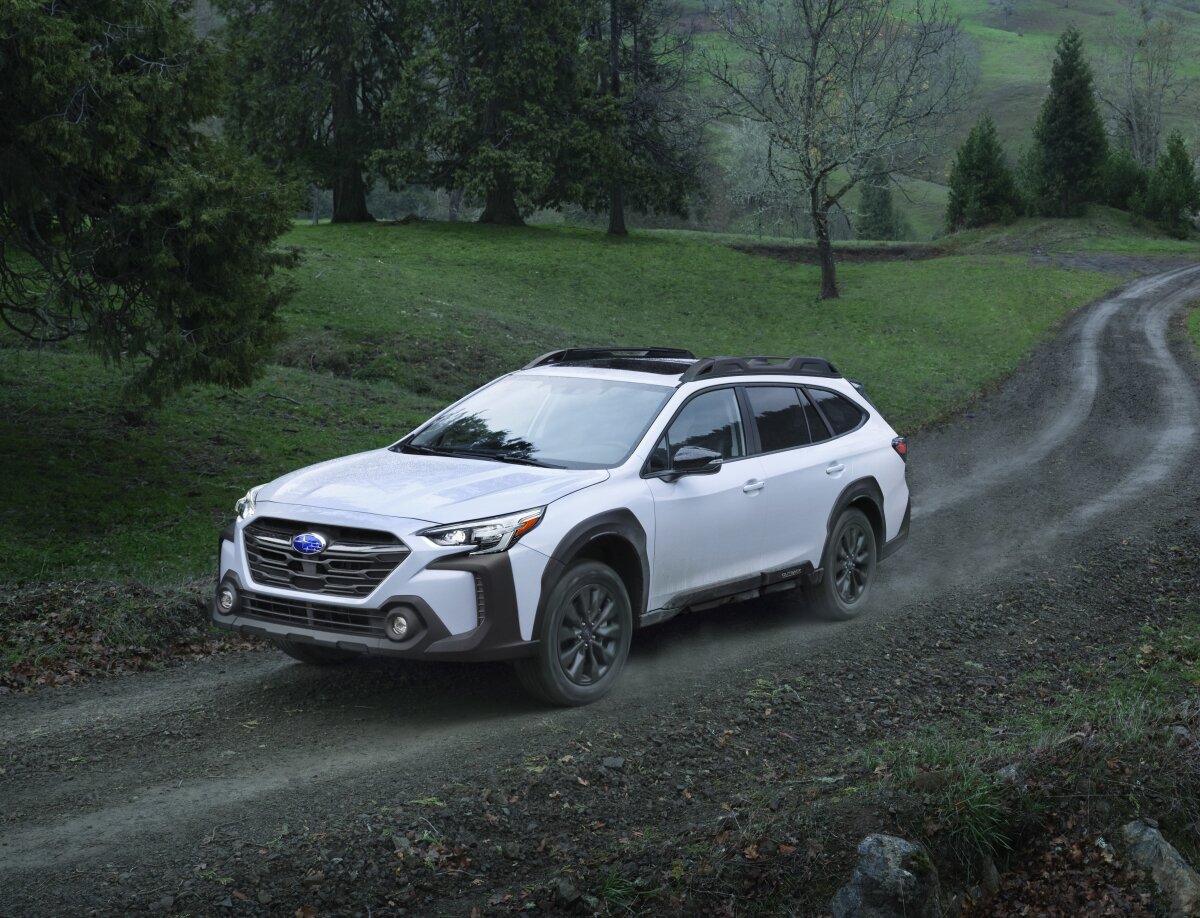
4. Subaru Outback
The Subaru Outback is the quintessential vehicle for those seeking adventure without sacrificing practicality, and it has earned a reputation for long-term reliability that supports its resale value well beyond the ten-year mark.
The Outback’s standard all-wheel drive system has made it a favorite among buyers living in snowy or rough terrain regions, where traction and safety are paramount.
Beyond its drivetrain, the Outback’s durability stems from Subaru’s commitment to building engines and chassis components that can withstand a variety of driving conditions without succumbing to frequent failures.
The boxer engine layout, which places the cylinders horizontally, helps lower the vehicle’s center of gravity and balance, contributing to confident handling and stability. Although some earlier Outback models suffered from head gasket issues, Subaru has addressed many of these concerns in newer generations, improving overall longevity.
Regular maintenance ensures that the drivetrain and suspension components continue performing well past the 150,000 to 200,000-mile range, which is a major reason these vehicles maintain value on the used market.
In terms of interior and practical features, the Outback offers more cargo space than most wagons or SUVs of its class, with rugged styling and thoughtful utility enhancements like roof rails and ample ground clearance.
Buyers seeking a versatile vehicle that can handle both daily commutes and weekend escapades find the Outback to be an exceptional value proposition, even when the vehicle is a decade old. The result is steady demand for used Outbacks, making them easier to resell and often fetching prices that exceed book estimates, particularly in regions where all-wheel drive is highly valued.
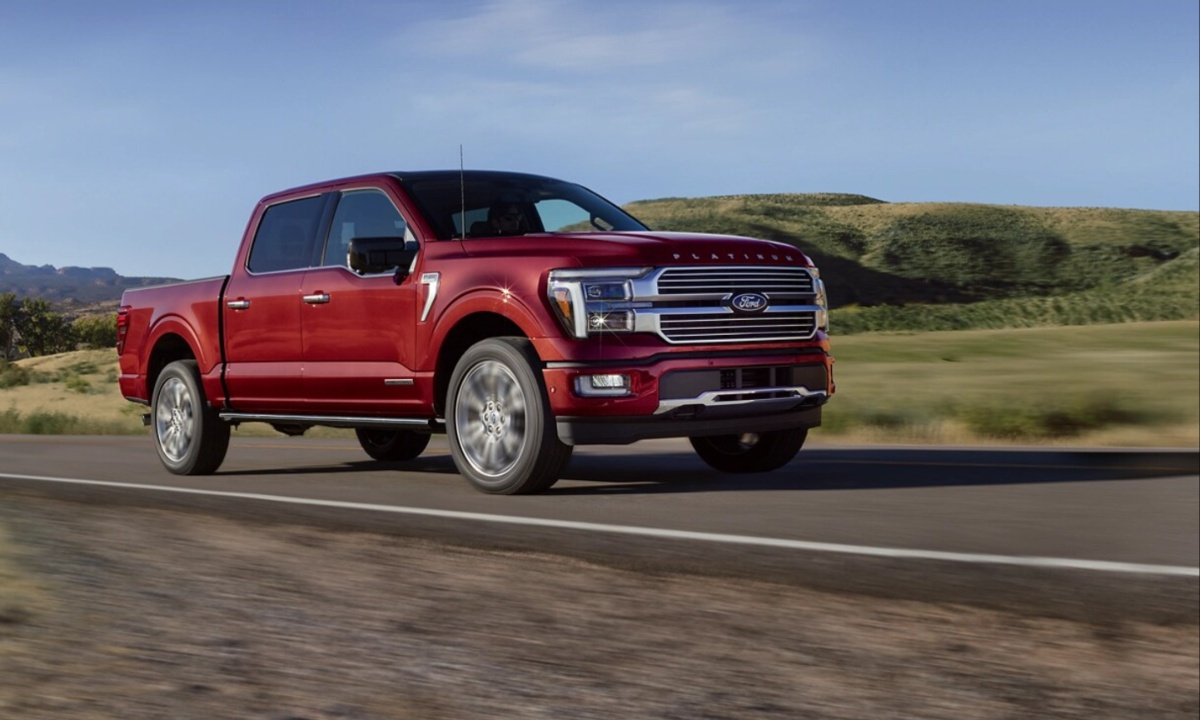
5. Ford F-150
The Ford F-150’s reputation as America’s best-selling truck is supported not just by its utility but by its remarkable durability and long-term value retention. Known for its strong frame, capable powertrains, and versatile configurations, the F-150 serves a wide range of customers, from contractors needing a reliable workhorse to families desiring a comfortable daily driver. When it comes to vehicles that can be resold after ten years, the F-150 consistently ranks at the top due to its combination of toughness and widespread demand.
The F-150’s engineering is designed to endure heavy use. Its body-on-frame construction and high-strength steel components are made to withstand the rigors of towing, hauling, and off-road driving. The availability of several engine choices—ranging from fuel-efficient V6 EcoBoosts to robust V8s—means buyers can select a configuration that best suits their needs.
With proper maintenance, many F-150s exceed 200,000 miles and maintain drivability and comfort. The truck’s parts are widely available, and a vast network of service centers makes repairs more accessible and affordable compared to more specialized vehicles.
On the resale market, the F-150 remains a hot commodity, particularly in regions where trucks are essential for work or lifestyle. Older models often sell quickly and retain impressive values because they are seen as durable, versatile, and easy to maintain.
Even after ten years, a clean F-150 can command prices above expected book values if it has been properly maintained and equipped with popular features like four-wheel drive or upgraded towing packages.
Its ability to serve as both a practical tool and a family vehicle ensures that demand remains steady, securing its status as a long-term, valuable asset in the automotive world.
5 Cars That Become Scrap After 10 Years
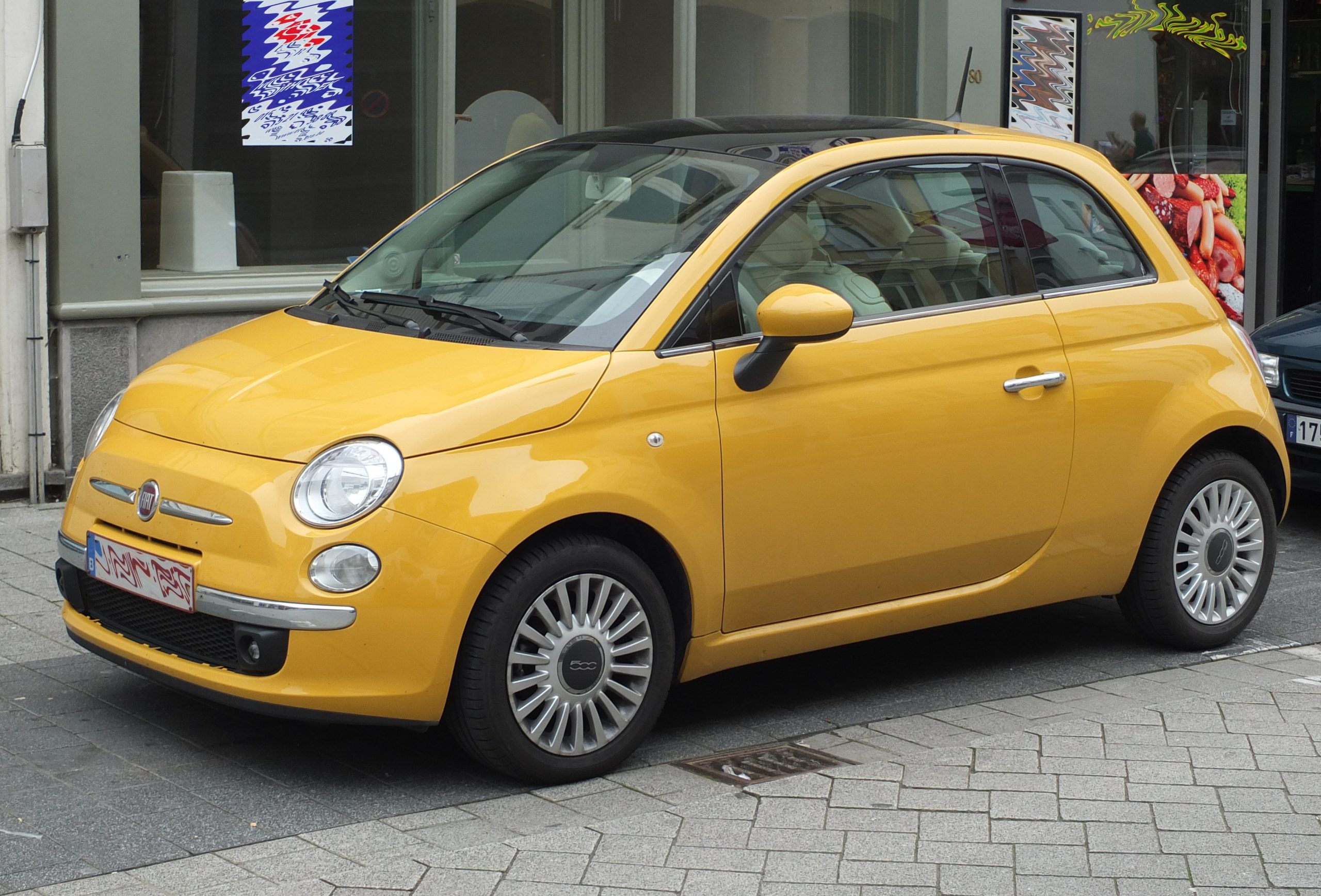
1. Fiat 500
The Fiat 500 arrived on the scene as a charming and stylish urban commuter with a nod to classic Italian design. Its compact size, fuel efficiency, and cute retro aesthetic made it an appealing choice for city dwellers seeking a fun and affordable ride.
However, beneath its appealing exterior lies a history riddled with reliability and quality control issues that become increasingly apparent as the car ages. By the time a Fiat 500 reaches the ten-year mark, many owners face costly repairs and declining performance, leading most of these vehicles to be discarded rather than resold.
One of the most significant challenges with the Fiat 500 is its problematic transmission system, particularly the automatic variants. The dual-clutch and conventional automatic transmissions in early models are notorious for jerky shifts, premature wear, and total failure, issues that often demand expensive replacements or rebuilds.
Beyond the transmission, the 500’s electrical system has been reported to experience frequent glitches, including faulty sensors, malfunctioning infotainment systems, and lighting issues. These problems become more frequent as the car ages, pushing maintenance costs to levels disproportionate to its used market value.
Compounding these mechanical issues is the car’s limited dealer network and scarcity of affordable aftermarket parts, which frustrate owners and discourage efforts to keep the vehicle running.
Interior quality also plays a role in the Fiat 500’s downfall over time. While the cabin styling is playful and trendy, the materials used are often subpar, leading to early wear and tear, such as peeling dashboard surfaces, failing buttons, and squeaking plastics. Comfort and ergonomics suffer as a result, making the car less appealing to potential used buyers.
Consequently, many ten-year-old Fiat 500s lose value rapidly and fall below repair cost thresholds, effectively relegating them to scrap yards. The initial allure of the Fiat 500 fades with time, proving that style alone cannot sustain a car’s life in the used market.
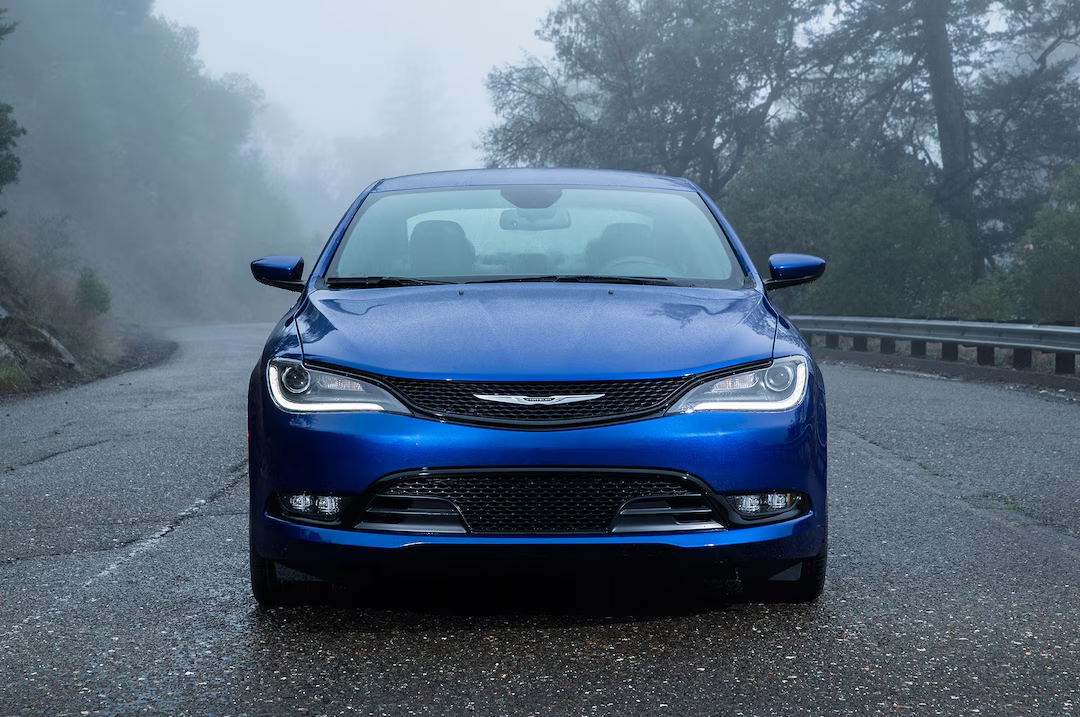
2. Chrysler 200
The Chrysler 200 was introduced with high hopes to compete in the crowded midsize sedan segment, promising American style, comfort, and technology at a competitive price point.
Unfortunately, the reality of ownership proved less rosy, and the 200 struggled with significant quality and reliability issues that have haunted its resale value. After a decade, these cars tend to be discarded or sold for parts rather than finding new owners willing to take on their often costly maintenance burdens.
One of the most infamous issues with the Chrysler 200 involves its complex 9-speed automatic transmission, which has been plagued by erratic shifting, harsh engagement, and premature failure.
Many owners report that the transmission begins to exhibit problems well before the 100,000-mile mark, requiring expensive repairs that often exceed the vehicle’s residual value.
Other mechanical woes include frequent electrical glitches, suspension wear, and engine-related issues such as oil leaks and coolant leaks that complicate maintenance. The combination of these mechanical shortcomings and Chrysler’s limited warranty support contributes to the 200’s rapid depreciation and poor ten-year resale prospects.
Additionally, the Chrysler 200’s interior and exterior quality did not match consumer expectations for the segment. Hard plastics, uninspired design, and lackluster build quality make these vehicles feel dated and cheap after several years of use. This perceived decline in quality deters buyers in the used market, who prioritize comfort and reliability.
As the 200’s resale value plummets, many owners opt to scrap their vehicles rather than invest in repairs, particularly when newer, more dependable midsize sedans are available at similar prices. The Chrysler 200 thus exemplifies how a car with initial promise can falter badly over time.
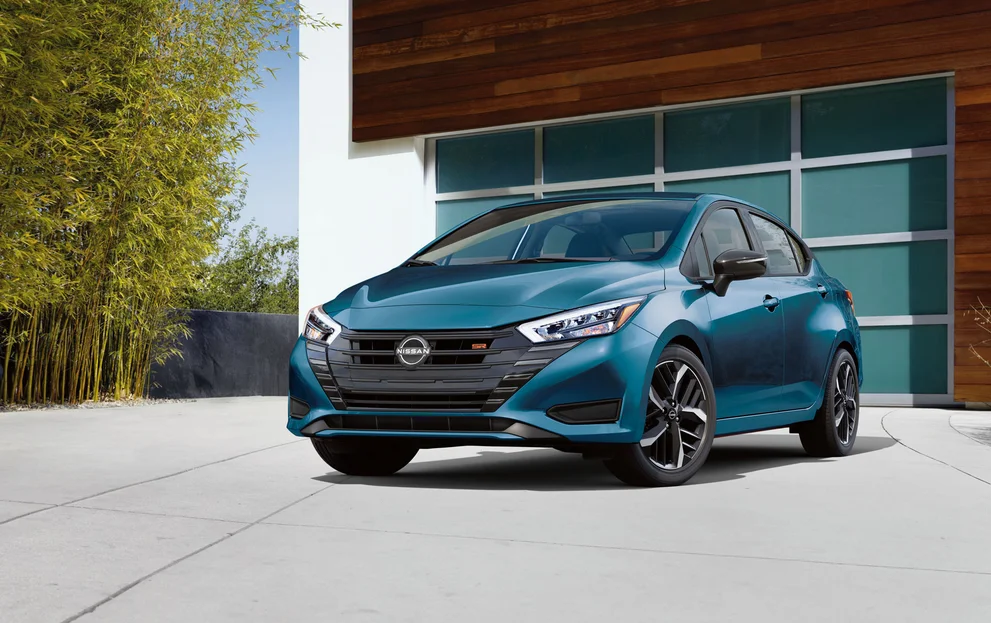
3. Nissan Versa (Early Models)
The Nissan Versa’s early models were designed as entry-level subcompacts to appeal to budget-conscious consumers and first-time car buyers. While initially successful due to their low price and good fuel economy, these cars have shown a troubling tendency to degrade quickly as they age, leading many to be scrapped after ten years of service.
The reasons for this steep decline involve a combination of mechanical weaknesses, build quality problems, and a lack of features that modern buyers demand.
Mechanically, early Versas were saddled with CVT (continuously variable transmission) units that proved to be fragile and failure-prone. The CVT is often cited as the Achilles’ heel of the early Versa, with many transmissions requiring full replacement or extensive repairs before reaching 100,000 miles.
Because these repairs are expensive relative to the car’s market value, owners frequently choose to part out or scrap the vehicle instead. Other mechanical issues include premature suspension wear, brake system problems, and engine oil consumption, all of which add to maintenance headaches.
The combination of high repair costs and low initial purchase price means the vehicle’s value rarely exceeds repair costs after a decade. Beyond mechanics, the Nissan Versa’s interior was criticized for cheap materials and a lack of refinement.
The cabin is typically noisy, and the ride quality is less comfortable than many competitors, making the car less attractive to used buyers. Safety features were minimal in earlier models, and as standards have evolved, these cars now feel outdated and less secure.
Taken together, these factors result in low demand for used Versas after ten years, and many end up in scrapyards rather than on used-car lots. The Versa’s fate serves as a reminder that initial affordability can sometimes translate to a short lifespan.
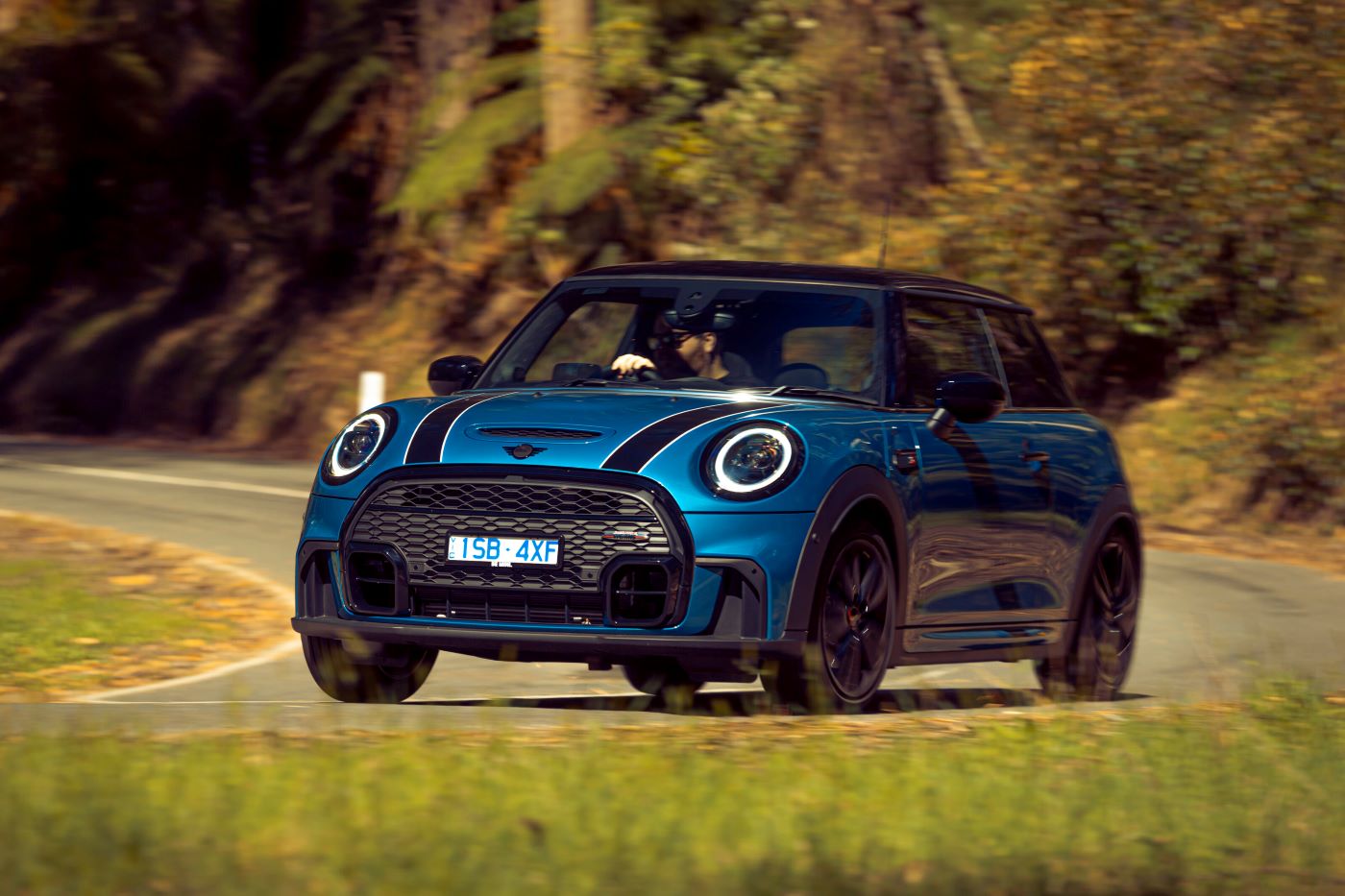
4. Mini Cooper (Base Models)
Mini Coopers have a reputation for being fun, stylish, and sporty, but the base models, particularly those from the early 2010s, have struggled with reliability and maintenance issues that significantly reduce their long-term viability.
By the ten-year mark, many Mini Cooper base models encounter a cascade of expensive mechanical and electrical problems that diminish their resale value and push owners toward scrapping rather than selling.
The early Mini Cooper base models often suffer from overheating issues, especially related to the cooling system and water pumps, which can cause engine damage if not addressed promptly. Oil leaks, timing chain tensioner failures, and premature wear on suspension components are also common.
Additionally, the automatic transmissions found in many models are prone to issues with shifting and clutch packs, which require costly repairs or replacements. The relatively small engine bay and complex mechanical layout also make many repairs labor-intensive and expensive, further discouraging long-term ownership.
Electrical gremlins, including faulty sensors, battery drain, and infotainment system failures, add to the complexity of maintaining these cars beyond their warranty periods. Interior quality, while stylish, often doesn’t hold up well, with leather seats and trim pieces showing significant wear and tear after several years.
These compounding issues mean that by the time a Mini Cooper base model reaches ten years of age, many owners face a tough choice between paying hefty repair bills or scrapping the vehicle. The limited demand for older Mini Coopers on the used market reflects these realities, with resale values falling steeply and few buyers willing to take on potential headaches.
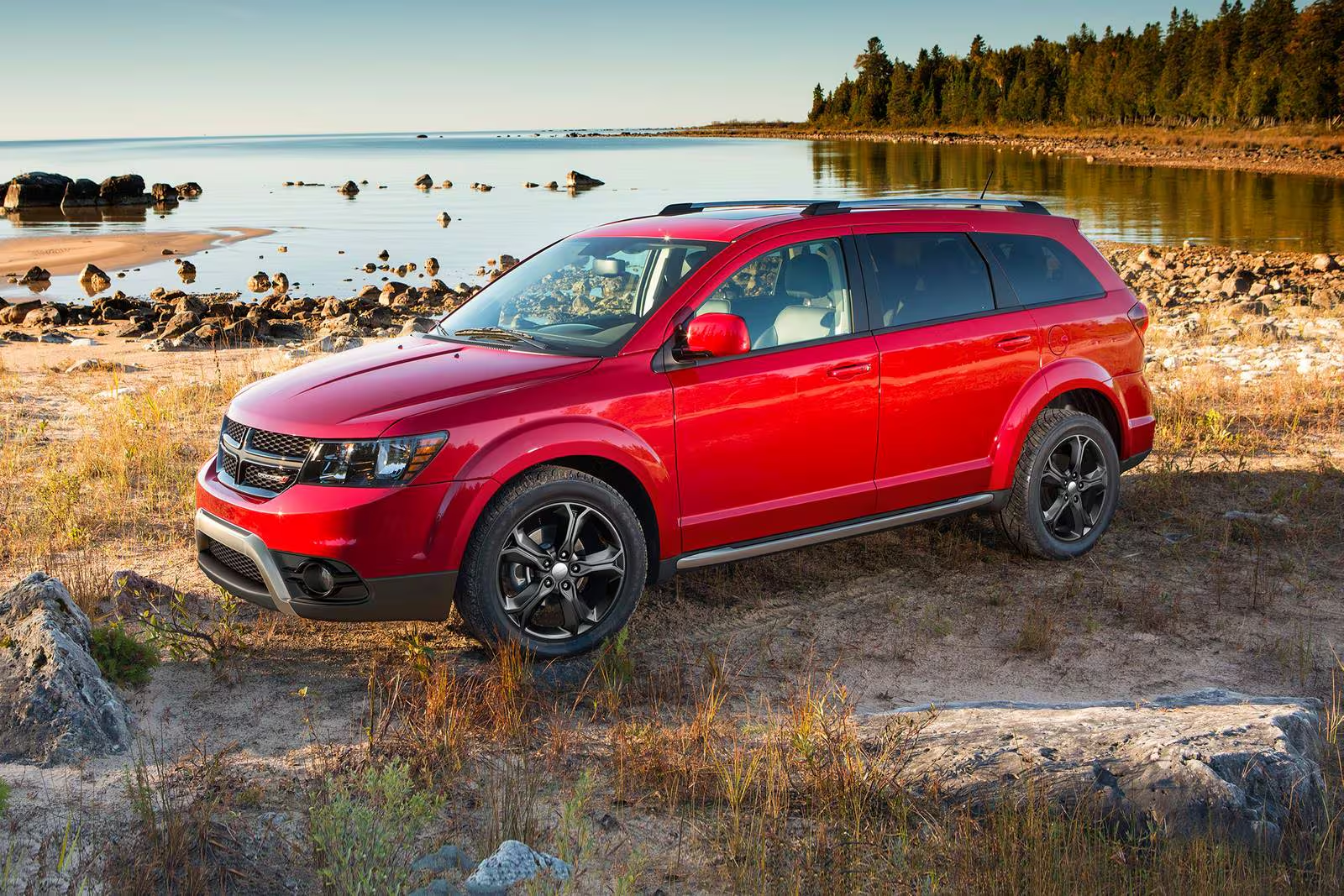
5. Dodge Journey
The Dodge Journey was introduced as an affordable midsize crossover aimed at budget-conscious families needing versatile seating and cargo capacity. While its initial appeal stemmed from its spacious interior and low sticker price, the Journey never developed a reputation for reliability or quality.
After ten years, these vehicles typically suffer from extensive wear, mechanical failures, and low resale value that relegate them to the scrap heap.
Under the hood, the Dodge Journey has been criticized for its outdated powertrains, including underpowered four-cylinder engines and less efficient V6 options. The powertrains, coupled with aging transmissions, often experience reliability issues as mileage accumulates.
Problems such as transmission slipping, engine stalling, and electrical malfunctions are common complaints from owners. Suspension components tend to wear prematurely as well, leading to costly repairs that do not make financial sense given the Journey’s low market value at the ten-year mark.
Interior quality and design are other areas where the Journey falls short. Cheap materials, poorly fitting panels, and a lack of modern amenities make the cabin feel dated and uncomfortable over time. Safety features were also less comprehensive compared to competitors, further reducing its appeal in the used market.
Buyers looking for reliable and safe family crossovers tend to avoid older Journeys, pushing their resale values to the bottom. As the cost of maintaining these aging vehicles surpasses their worth, most are scrapped rather than repaired, closing the chapter on a vehicle that struggled to find its footing.
Also Read: 5 Cars That Still Sell at Auction and 5 That Are Worthless
Navigating the landscape of vehicle longevity and resale value is a crucial consideration for any car owner or buyer. As demonstrated, the difference between cars that hold their value after ten years and those that become scrap often boils down to the core principles of automotive design, build quality, and owner experience.
Cars that maintain their worth are typically those that emphasize durability, ease of maintenance, and timeless appeal, while those destined for the scrapyard tend to suffer from chronic reliability issues, expensive repairs, and poor quality materials.
The five cars that can be resold after 10 years—such as the Toyota Land Cruiser, Honda Accord, Lexus RX, Subaru Outback, and Ford F-150—share common traits that contribute to their enduring appeal. Their engineering focuses on proven powertrains, robust construction, and components that can withstand the test of time and mileage.
Owners of these vehicles benefit from widespread parts availability and strong dealer support, ensuring that maintenance is manageable and that repair costs do not spiral out of control. Moreover, these cars often cultivate passionate communities and brand loyalty, further enhancing their resale prospects. Whether it’s the Land Cruiser’s reputation for toughness or the Accord’s balanced reliability, these models continue to attract buyers who appreciate value beyond the initial purchase price.
Conversely, vehicles such as the Fiat 500, Chrysler 200, early Nissan Versa models, Mini Cooper base models, and Dodge Journey illustrate the pitfalls that can send cars to the scrap yard after a decade. Recurring mechanical failures, problematic transmissions, electrical glitches, and subpar interior materials contribute to their rapid depreciation.
These issues make the cars unattractive to buyers in the used market and often lead owners to conclude that repair costs outweigh the benefits of continued ownership. In many cases, these vehicles serve as cautionary tales about the importance of long-term quality and reliability in automotive design.
Ultimately, understanding which cars have the potential to be resold after 10 years and which ones are likely to become scrap can save consumers money and frustration. It encourages buyers to think beyond initial cost and aesthetics and to prioritize vehicles with proven track records of longevity.
This knowledge also highlights the broader implications for sustainability, as cars that last longer reduce the environmental impact of manufacturing and disposal.
In a market flooded with options, making an informed choice can be challenging. However, by considering durability, reliability, and total cost of ownership alongside personal needs and preferences, consumers can find vehicles that serve them well for many years. In doing so, they ensure their investment retains value, supports their lifestyle, and ultimately contributes to a smarter, more sustainable approach to car ownership.

